The Physics of Quantum Tunneling and its Applications
Introduction
Quantum tunneling is a quantum mechanical phenomenon where a particle can pass through a potential barrier that it could not surmount according to classical physics. This counterintuitive process is a direct result of the principles of wave-particle duality, which states that particles can exhibit properties of both particles and waves.

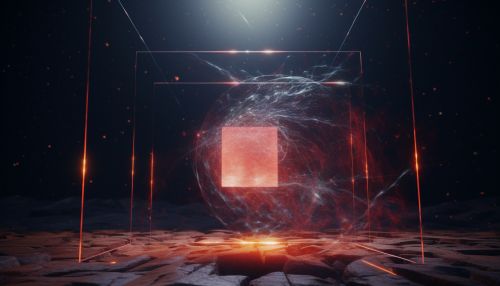
Quantum Mechanics and Tunneling
Quantum mechanics is a branch of physics that describes the behavior of particles on the smallest scales, such as atoms and subatomic particles. One of the key principles of quantum mechanics is the Heisenberg uncertainty principle, which states that it is impossible to simultaneously know both the exact position and momentum of a particle. This inherent uncertainty gives rise to the phenomenon of quantum tunneling.
Quantum tunneling occurs when a particle passes through a potential barrier that it would not have enough energy to cross in classical physics. This can be visualized as a ball rolling up a hill. In classical physics, if the ball does not have enough energy to reach the top of the hill, it will roll back down. However, in quantum mechanics, there is a small probability that the ball can "tunnel" through the hill and appear on the other side, even if it does not have enough energy to reach the top.


Mathematical Description
The mathematical description of quantum tunneling comes from the Schrodinger equation, the fundamental equation of quantum mechanics. The Schrodinger equation describes the evolution of a particle's wavefunction, a mathematical function that describes the quantum state of a particle.
The probability of a particle tunneling through a barrier is given by the transmission coefficient, which can be calculated from the Schrodinger equation. The transmission coefficient depends on the height and width of the barrier, as well as the energy of the particle. The higher and wider the barrier, and the lower the energy of the particle, the lower the probability of tunneling.
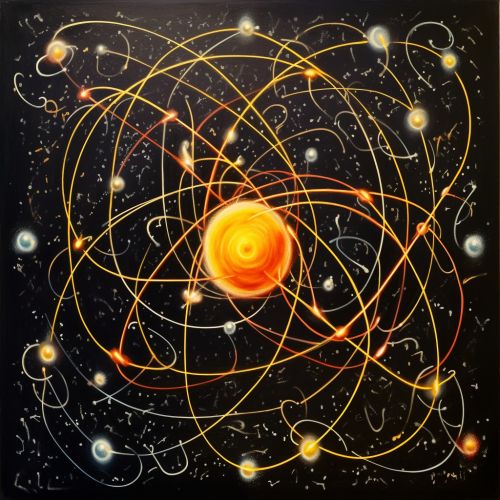
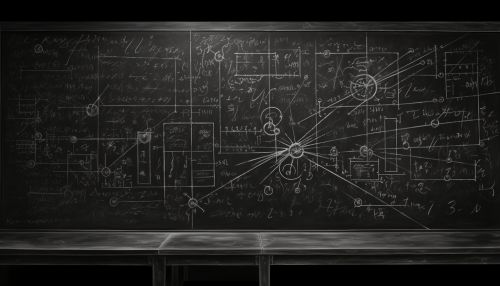
Applications of Quantum Tunneling
Quantum tunneling has many practical applications in various fields of science and technology. Here are some of the most significant ones:
Scanning Tunneling Microscope
The scanning tunneling microscope (STM) is a powerful tool for imaging surfaces at the atomic level. The STM operates based on the principle of quantum tunneling. When a conducting tip is brought very close to the surface to be examined, a bias (voltage difference) applied between the two can allow electrons to tunnel through the vacuum between them. The resulting tunneling current is a function of tip position, applied voltage, and the local density of states (LDOS) of the sample. Information is acquired by monitoring the current as the tip's position scans across the surface, and is usually displayed in image form.

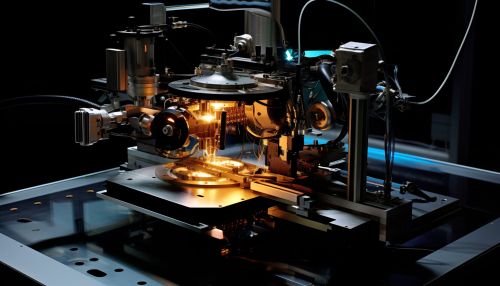
Quantum Computing
Quantum tunneling is also a key principle in the field of quantum computing. Quantum bits, or qubits, can exist in a superposition of states, and quantum computations are performed by manipulating these states. Quantum tunneling allows qubits to change states, enabling the performance of quantum computations.
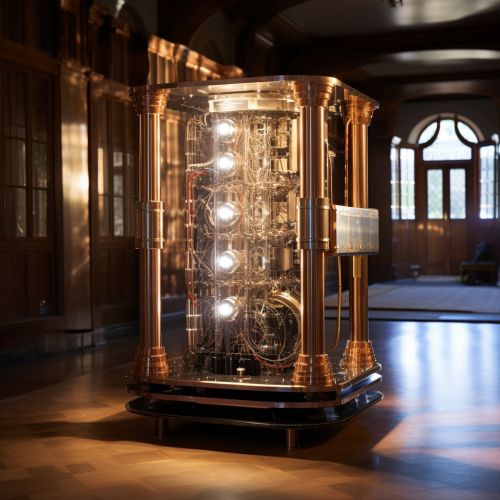
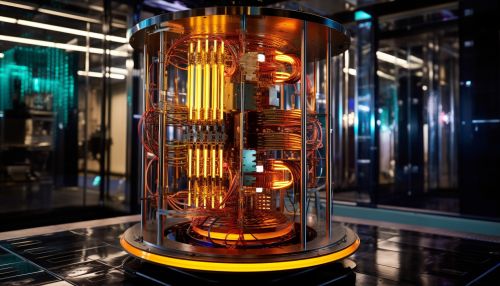
Radioactive Decay
Quantum tunneling is also responsible for radioactive decay. In this process, an unstable atomic nucleus loses energy by emitting radiation in the form of alpha, beta, or gamma particles. The emitted particles must tunnel out of the nucleus, overcoming the nuclear potential barrier.


Conclusion
Quantum tunneling is a fascinating and counterintuitive phenomenon that arises from the principles of quantum mechanics. Despite its seemingly abstract nature, it has many practical applications in fields ranging from microscopy to computing to nuclear physics. As our understanding of quantum mechanics continues to deepen, it is likely that even more applications of quantum tunneling will be discovered in the future.
